"What could this be?"
Walking from the parking lot and heading to the Cabrillo National Monument Visitor Center, I spied a strange sight: There were foamy, white, pea-sized orbs all over a small brown bush! Thankfully, we came across Melonie (Lonie) Brown, a Coastal Sage Scrub Ranger, and she knew exactly what they were.
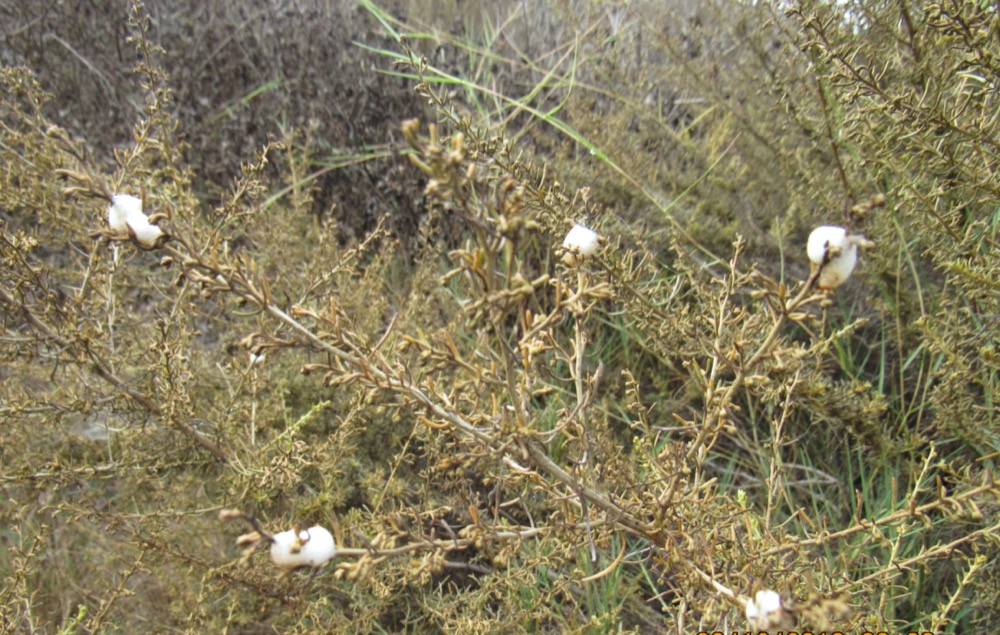 NPS Photo/Violeta Anghel - Spittlebug homes on a California Sagebrush.
NPS Photo/Violeta Anghel - Spittlebug homes on a California Sagebrush.
The Latin name for this family of bug is Aphrophoridae and they are related to Cicadas and Aphids. They are commonly called froghopper, cuckoo spit beetle, and spittlebug. The froghopper acquired the name because of its frog-like head and the ability of the adult to jump 100 times its length. The name cuckoo spit beetle came about because people associate the call of the Cuckoo bird with spring, which is also the time that the bug's presence is most noticeable. While the name spittlebug is cute, it is not truly descriptive of the foam they produce. It would be more accurate to call them "piddle bugs" because the foam is not made with their mouths!
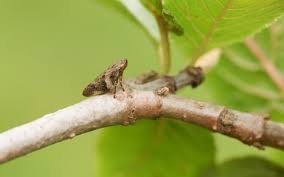
Photo: Sandra Standbridge/MOMENT RF - A common froghopper sits on a branch.
The frothy white balls that appear on vegetation in spring are a sure sign that spittlebugs have moved in! Their foam houses are typically created on the stems of plants and can be up to 3/4 inches (19.05 mm) in length.
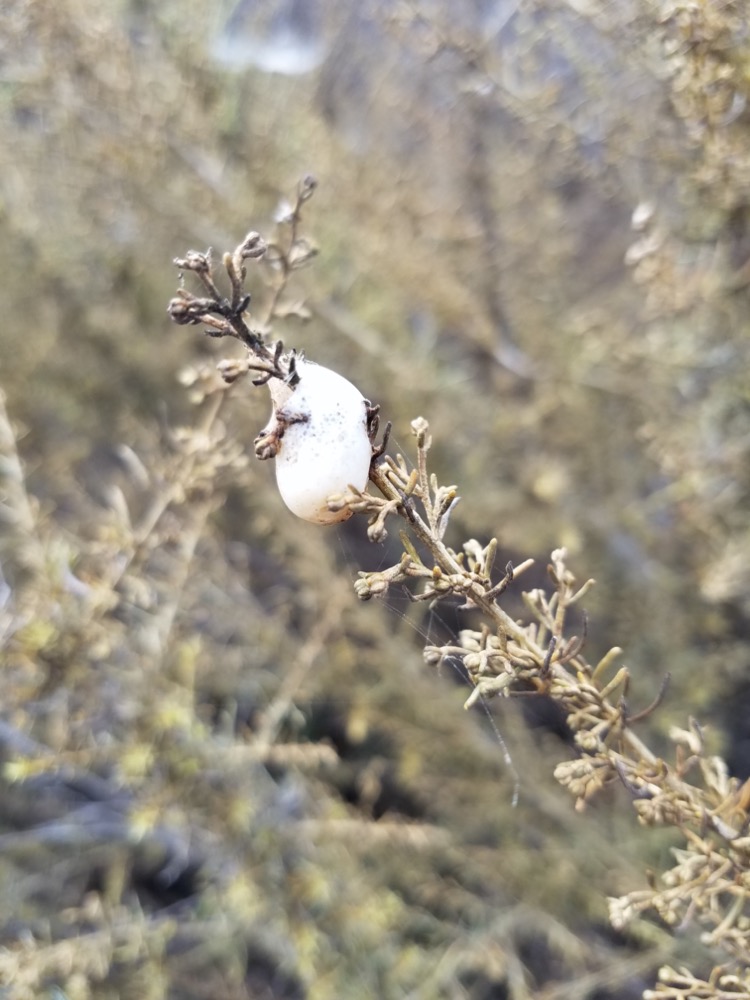 NPS Photo: Jaimi Anghel - A close up picture of a spittlebug bubble home.
NPS Photo: Jaimi Anghel - A close up picture of a spittlebug bubble home.
The nymph creates foam balls by sucking up small amounts of sap from its host plant and then excreting it by pumping a specialized gland, or air-valve, in its abdomen.
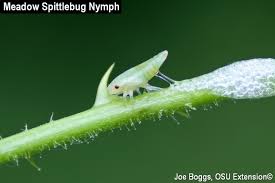
Photo: Joe Boggs/OSU Extension - A spittlebug nymph excreting bubbles.
It uses its hind legs to envelope itself in its bubbly home. The foam serves three purposes. First, it protects the small insect from predators such as birds and lizards. Second, the spittle keeps the moist larva from drying out. Third, the foam insulates the creature from fluctuating temperatures.
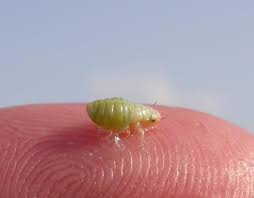
Photo: MDC Staff, courtesy Missouri Department of Conservation - A Green nymph on a finger tip.
There are five stages in a spittlebug's life cycle. The adult spittlebug is called a froghopper. In late fall, the female froghoppers lay their eggs on an offshoot of a plant. The eggs overwinter on the host plant and hatch in the spring. The soft-bodied nymphs emerge wingless and green. Then the work of creating the spittle shelter begins! Within the course of several weeks and in the safety of its cuckoo spit foam home, the spittlebug goes through three more stages to become a froghopper. As an adult, the Froghopper is 1/8-1/4 of an inch, is now winged, and is quite the jumper!
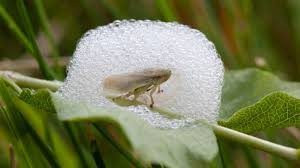
Photo:nytimes.com/2019/02/19/science/spittle.bugs-bubble-home.html-Mature froghopper surrounded by bubbles.
Of the 990 species of Aphrophoridae, only six of them live in California, and only one of these lives in Cabrillo National Monument! I was lucky to have caught a glimpse of the spittlebug's foam home. Maybe next time you visit, you will see a tiny froghopper!
References:
Shelter Formation:
NYTTIMES.com/2019/02/19/science/spittlebugs-bubble-home.html
Britannica.com.animal/froghopper
Classification:
bugguide.net/node/view/885448
animaldiversity.org/accounts/aphrophoridae/classification/#athrophoridae
Size:
ipm.ucanr.edu/PmG/GARDEN/VEGES/PESTS/spittlebugs.html
Location:
iNaturalist
Life Cycle:
https://www.thespruce.com/spittlebugs-1402690
https://www.youtube.com/watch?v=eeEMvzhtmo
Adult Froghoppers:
https://en.wikipeedia.org/wiki/froghopper
Britannica.com.animal/froghopper
Further Information:TorreyPine.org/nature-center/insects-spiders/samples/spittle-bug/
|
November 21, 2019
|
Last updated: November 21, 2019
